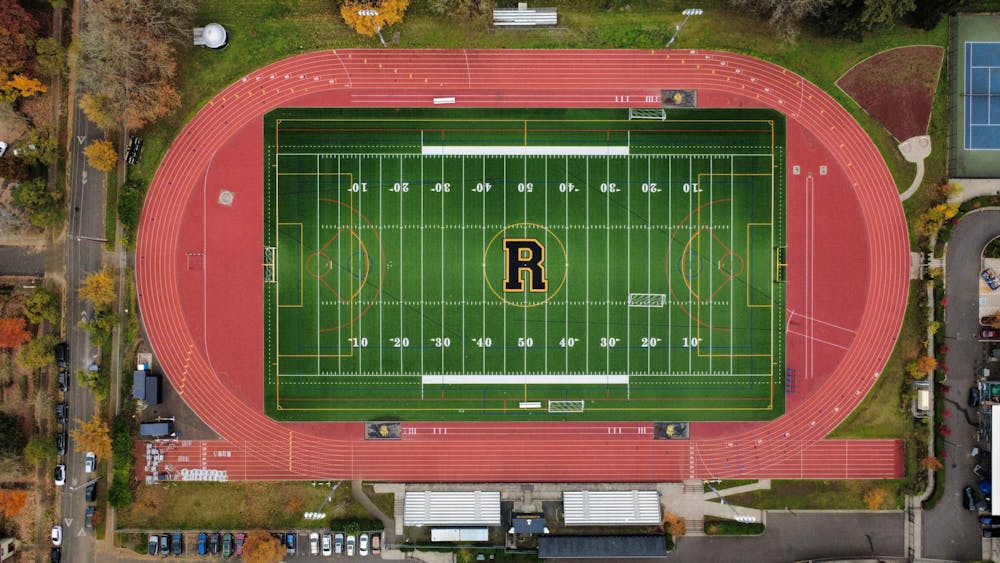As a result of the House v. NCAA settlement, the Division I Board of Directors adopted changes to roster limits effective July 1.
Now, rather than schools granting athletes a limited number of scholarships, limitations are placed on roster sizes, and schools may allocate scholarship money as they choose.
While there are new roster limits for several UP sports, these changes will be most visible in cross country and track and field, according to Senior Associate Athletic Director Jason Brough.
“That's definitely the biggest impact for us,” Brough said. “[For] most of our other programs, the roster cap limits aren't a huge effect on us.”
Schools were given the option to either accept these roster changes or be governed by the previous scholarship limits.
The majority of programs — Brough estimates around 70% — opted into the new changes, including UP. While cross country rosters commonly had anywhere from 30 to 45 student-athletes, they are now capped at 17 runners and indoor and outdoor track and field rosters are capped at 45.
Schools that opted in can now share revenue directly with student-athletes, with freedom to allocate funds as they see fit, as long as they don’t exceed the $20.5 million annual cap. This cap is expected to increase by around 4% — or $1 million — each year.
Student-athletes are allowed to sign name, image and likeness (NIL) deals with third parties, but any deals above $600 must be reported to the NIL clearinghouse known as “NIL Go.” The rules of the settlement will be enforced by a new non-NCAA authority known as the College Sports Commission.
The biggest beneficiaries of the settlement are “revenue sports,” like football and men’s basketball that attract high-profile student-athletes, while “non-revenue sports” — such as tennis and track and field — may face risk of severe underfunding or even termination at some schools.
However, UP’s running programs have more student-athletes this year than ever before, according to Associate Athletic Director for Compliance and Student Services Eric Sickles.
Programs may circumvent these roster limits through identifying a list of designated student-athletes (DSA) who are allowed to compete in a sport without counting toward the roster limit. Student-athletes can be classified as DSAs if they were part of a DI team’s roster prior to the settlement.
The primary purpose of DSA inclusion was to avoid cutting student-athletes, according to Brough.
Schools were given until July 6 to compile their list of DSAs and had authority to designate as many student-athletes as they wished. DSA classification permits these student-athletes to enter the transfer portal and retain their DSA label to wherever they transfer, but no UP DSAs transferred to other schools, according to Sickles.
Apart from the July 6 deadline, schools could designate DSAs at their own discretion on a case-by-case basis.
“No two schools did it exactly the same way,” Sickles said. “The framework we gave our coaches was, ‘Do what you think gives you the most roster flexibility for the longest amount of time.’”
The inclusion of DSAs may be key for cross country and track and field — both indoor and outdoor, which function as separate sports — because of the traditional overlap of these rosters.
However, runners can still compete in both cross country and track and field like in years past.
“[The rosters are] fairly status quo,” Sickles said. “I can confidently sit here and tell you that as of right now, really nothing has changed for rosters.”
While there’s little visible change to UP sports as of now, it’s likely the effects of the settlement will be felt more in coming years. Sickles compares this time of uncertainty to how the coronavirus affected college sports, which added the extra year of eligibility granted to student-athletes at that time which are only now being understood.
“It's very much like building the plane as we fly it,” Sickles said.
Kaeden Souki is the Sports Editor for The Beacon, he can be reached at souki28@up.edu








